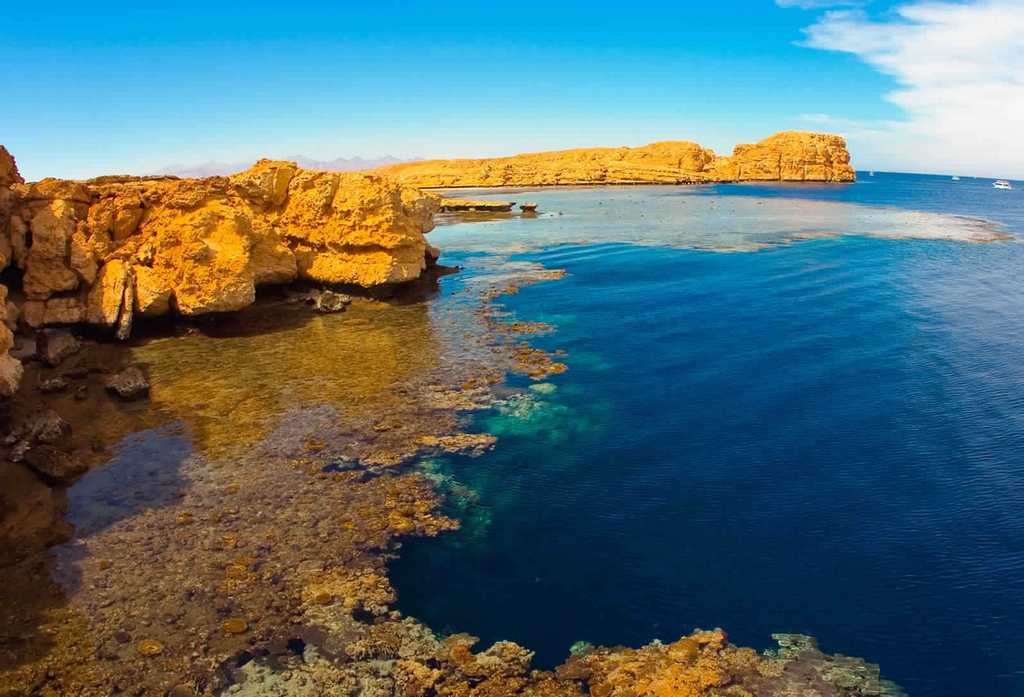The Sinai Peninsula: An Introduction
The Sinai Peninsula is a large and diverse region located in Northeast Africa. With a population of over six million people, the Sinai Peninsula is home to a wide variety of cultures and religions. The majority of the population is Arab, although there are also significant numbers of Bedouins, Copts, and other ethnic groups.
The Sinai Peninsula has a long and rich history, dating back to the days of Ancient Egypt. The region has been ruled by a number of different powers over the centuries, including the Ottoman Empire and the British Empire. In recent years, the Sinai Peninsula has become increasingly popular with tourists, thanks to its stunning beaches and dramatic desert landscapes.
If you’re planning a trip to the Sinai Peninsula, be sure to check out our comprehensive guide to help you make the most of your visit.
The History of the Sinai Peninsula
The Sinai Peninsula is located in Egypt and is a triangular peninsula. It is bordered by the Mediterranean Sea to the north, the Red Sea to the east, the Gulf of Suez, and the Gulf of Aqaba to the south. The Sinai Peninsula lies between Africa and Asia and is a land bridge between them.
The Sinai Peninsula has been occupied since at least the Paleolithic age. In ancient times, it was home to Egyptian, Canaanite, Assyrian, Babylonian, Persian, Greek, Roman, Arab, Crusader, Turkic, and Mamluk civilizations. The peninsula has also been home to various nomadic groups.
The history of the Sinai Peninsula is intimately linked with the history of Egypt and its neighbors. It has been a site of religious importance for Judaism, Christianity, and Islam. The peninsula has also been a strategic location for military campaigns and has been controlled by various powers throughout its history.
The Geography of the Sinai
The Sinai Peninsula is located in the northeastern corner of Egypt. It is bounded by the Mediterranean Sea to the north, the Gulf of Suez and the Red Sea to the east, and the African continent to the south. The peninsula covers an area of about 60,000 square miles (160,000 square kilometers).
The Sinai Peninsula is a triangular-shaped piece of land with its base along the southern coast of the Mediterranean Sea and its apex at the confluence of the Suez Canal and the Red Sea. The eastern boundary of the Sinai is demarcated by a line running from due north at Ras Banas in the west to Taba in the east. The total length of this line is approximately 106 miles (171 kilometers).
The geography of the Sinai Peninsula can be divided into three main regions:
1) The coastal plain – This region includes all areas along the Mediterranean Sea coast up to a distance of approximately 15 miles (24 kilometers) inland. The coastal plain is relatively flat with some low hills. Vegetation in this region is sparse due to the lack of rainfall.
2) The central plateau – This region lies between15-60 miles (24-96 kilometers) inland from the coast. It comprises a large area of rugged mountains and hills with very little vegetation.
3) The southern desert – This region extends from 60 miles (96 kilometers) inland from the coast up to the border with Sudan. It is arid and desolate with very little
The Climate of the Sinai, Egypt
The Sinai Peninsula has a hot, desert climate. The temperatures are extreme, with highs of over 40°C in summer and lows of below 0°C in winter. There is very little rainfall, and what does fall is usually in the form of thunderstorms or dust storms.
Despite the harsh conditions, the Sinai Peninsula is home to a diverse range of plants and animals. The desert landscape is dotted with oases, where date palms and other greenery flourish. On the coast, there are mangrove forests and coral reefs. In the mountains, you can find coniferous forests and cool, high-altitude lakes.
Tourist Attractions in the Sinai Peninsula
The Sinai Peninsula is a beautiful and varied region, full of history and culture. With our guide, you will discover a lot of od diving spots as well as safari tours. We hope you’ll be able to explore the Sinai and its many wonders, from the stunning beaches to the fascinating archaeological sites. So what are you waiting for? Start planning your trip today!




Comment (0)